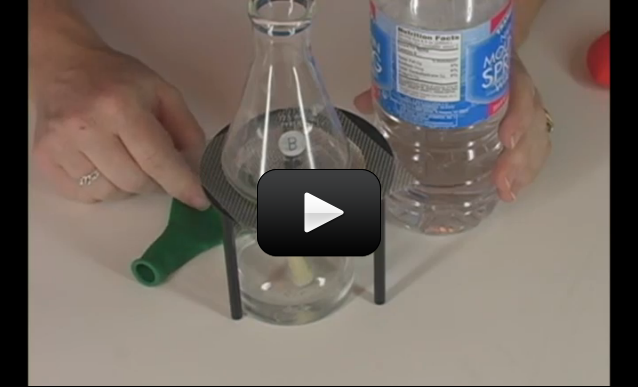Is it warmer upstairs or downstairs? If you’re thinking warm air rises, then it’s got to be upstairs, right? If you’ve ever stood on a ladder inside your house and compared it to the temperature under the table, you’ve probably felt a difference.
So why is it cold on the mountain and warm in the valley? Leave it to a science teacher to throw in a wrench just when you think you’ve got it figured out. Let’s take a look at whether hot air or cold air takes up more space. Here’s what you do:
Please login or register to read the rest of this content.


Yes I prefer plastic for use with kids.
does any bottle work
If you are using a glass bottle, it should not have shrunk the bottle. Tell me more about your experiment?
jake again. the bottle shrunk when i did it why is that
hi this is rachel’s son again my name is jake by the way i did it and it worked very cool
On its own, a balloon full of air will not float in air, but will gradually descend. With help from wind or a bump from something like a hand punching the balloon, an air-filled balloon will rise, but will fall due to the pull of gravity as soon as the force that sent it upward has gone. Now, if you are talking about a balloon filled with say, helium, that’s a different story. Helium gas is lighter than air. Helium weighs less (yes, you can weigh a gas) and has a lower density than air as well. If there is enough helium in the balloon to counteract the weight of the balloon and the pull of gravity, the balloon will rise, and float in air.
My 9 year old daughter has a question on gravity. Why does a balloon full of air float up if there is gravity?